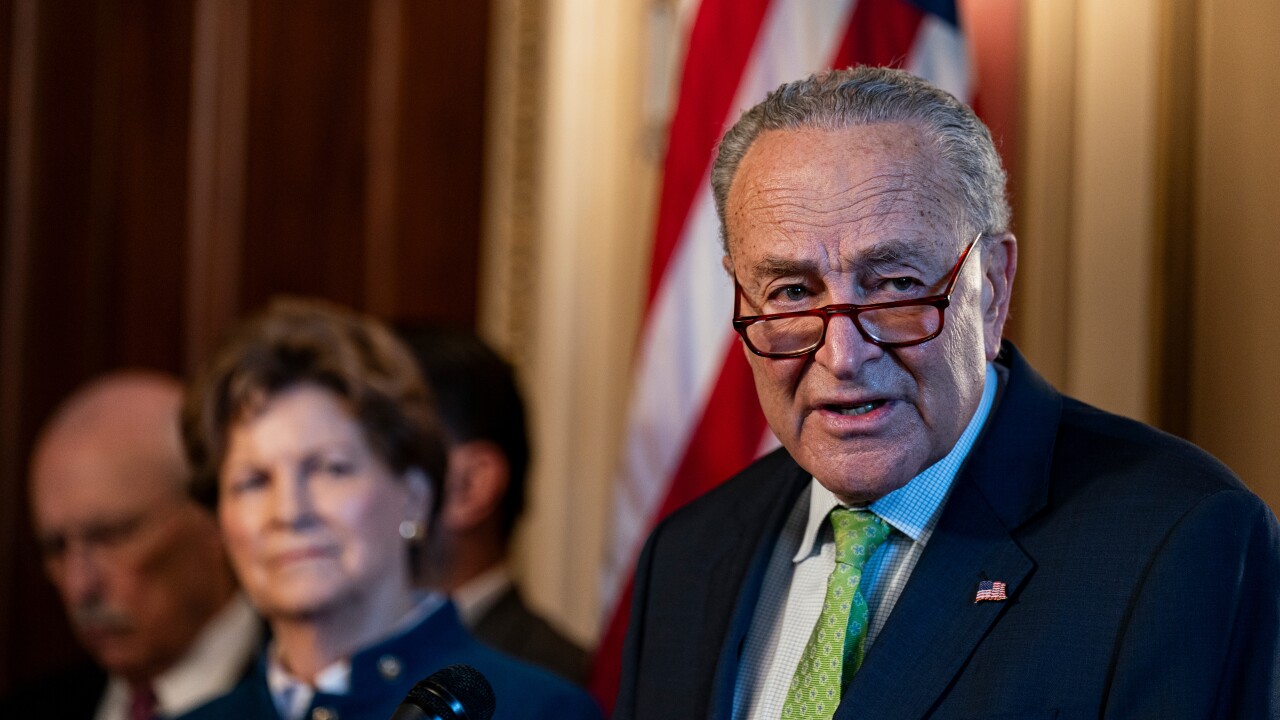WASHINGTON — Municipal issuers are already removing direct bank loans from their portfolios in favor of other types of more traditional debt thanks to the new tax law as well as rising interest rates, analysts said.
The passage late last year of a new federal tax law that slashed the corporate income tax rate to 21% from 35%, as well as rising short-term interest rates have and may continue to cause issuers to eschew the bank loan market in favor of more traditional borrowing options, Moody’s Investors Service said in a new report. The lead analyst on the report was Jacek Stolarz.
The migration away from bank loans represents a near-complete reversal from the trend over the past several years, when the variable-rate securities market dropped sharply and issuers increasingly began to favor bank loans and private placements.
From the beginning of 2010 to the end of 2017, bank holdings of municipal loans and bonds more than doubled to $560 billion from $225 billion, Moody’s pointed out. Over the same period, the amount of municipal variable-rate demand bonds supported by bank credit or liquidity facilities declined to $147 billion from $400 billion, driven in part by the conversion of bank-supported VRDBs to direct bank loans.

“Rising short-term rates and widening spreads may push municipal issuers to consider alternatives to bank loans for cost-effective financing,” Moody’s analysts wrote in the report. “Right now, with long-term rates rising more slowly than short-term rates, issuers may convert some of their floating rate bank notes to long-term fixed rate bonds to lock in relatively attractive rates. Another alternative for those issuers looking to maintain flexibility with short-term debt may be variable rate demand bonds.”
The passage of the new tax law is another factor, the rating agency explained.
“Banks are attracted to municipal issuers' low default rates and tax-free interest income,” said Moody’s. “The new federal tax law's reduction in the corporate income tax rate to 21% from 35%, however, has eroded some of the attractiveness of municipal loans and bonds to bank lenders. Municipal issuers typically paid lower interest rates than their corporate counterparts, in part because the tax-free interest earnings on municipal bonds were on par with the after-tax yield on corporate loans. With a lower tax rate payable by banks, the relative benefit for the municipal tax exemption has diminished.” As a result, bank loans will be more costly for issuers.
In addition, many bank loans contain so called gross-up provisions that either automatically, or at the bank's discretion, allow banks to increase interest rates on existing loans to reset yields at rates in line with what they could receive in the taxable market.
Matt Fabian, a partner at Municipal Market Analytics, said the swing of the pendulum makes sense. The “universe” of outstanding bank loans was unchanged in the first quarter of 2018 versus the final quarter of 2017 according to the Federal Deposit Insurance Corp., Fabian said, which is an indication that the trend back toward traditional borrowing is already underway.
“While some bank lenders are still growing their programs, that flat number means other banks are letting direct loans roll back into the traditional market,” Fabian said. “Also, year-to-date issuance of muni floating-rate products is up by $6 billion or nearly 50% versus last year and the year before. Most of that is likely an adjustment to life without advance refundings, but at least part is also a return of former privately placed paper.”





